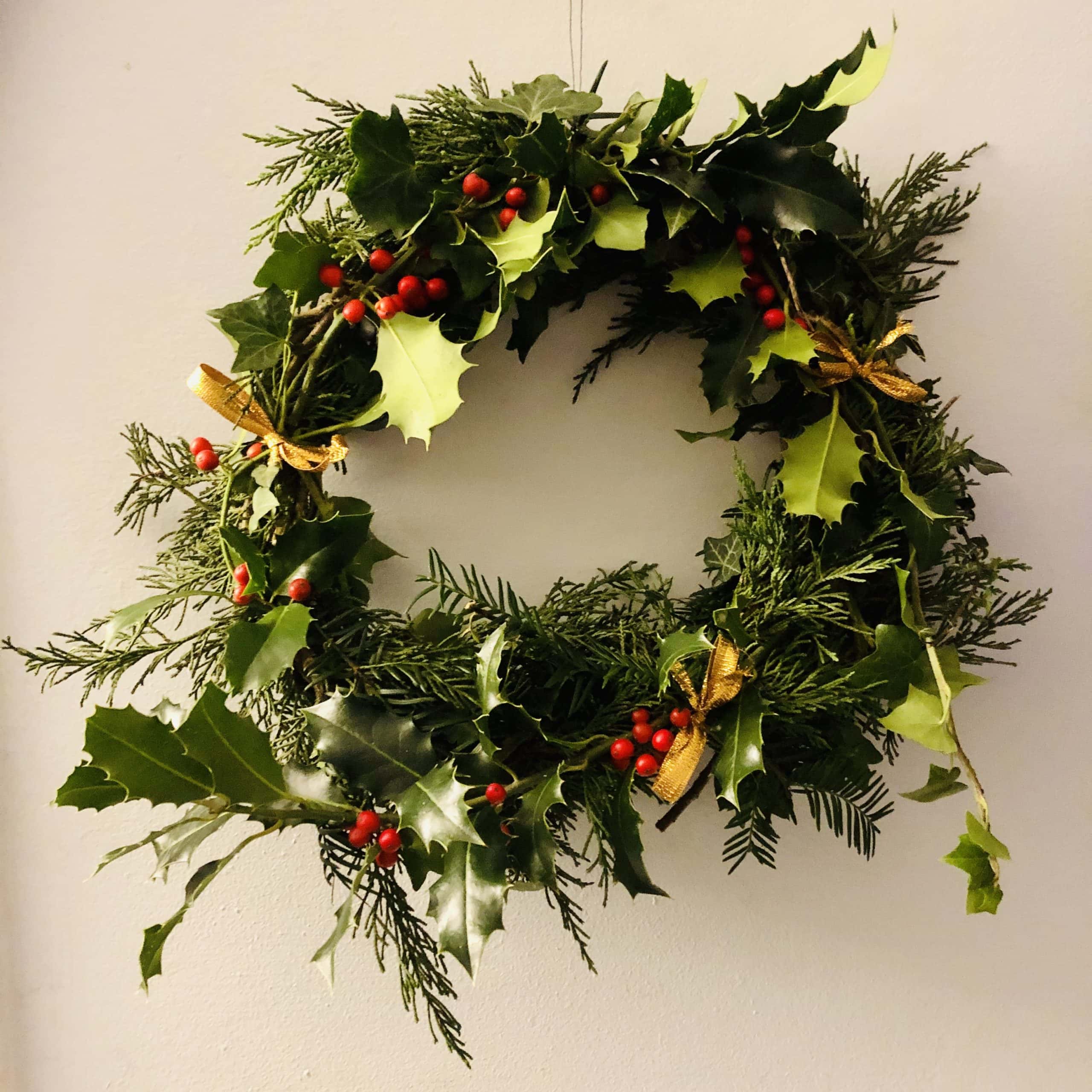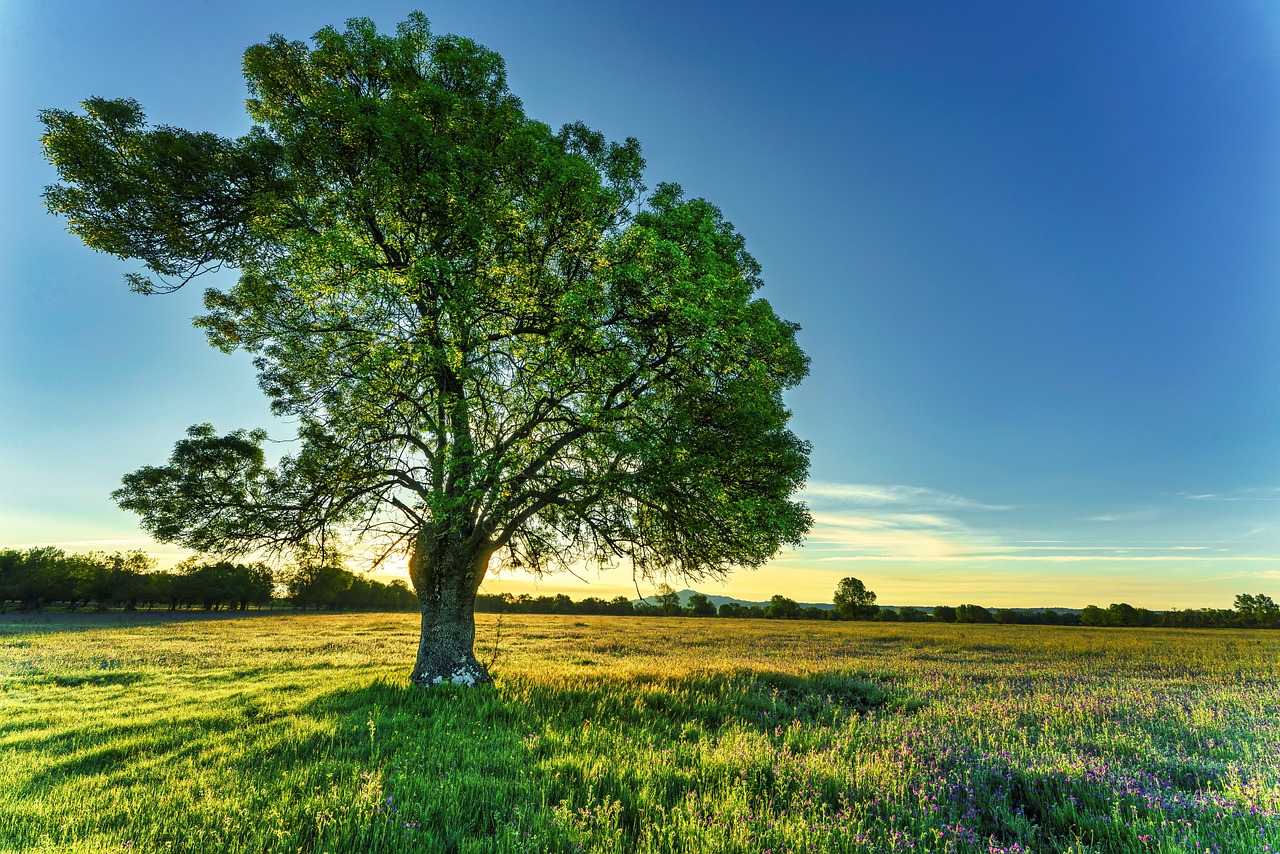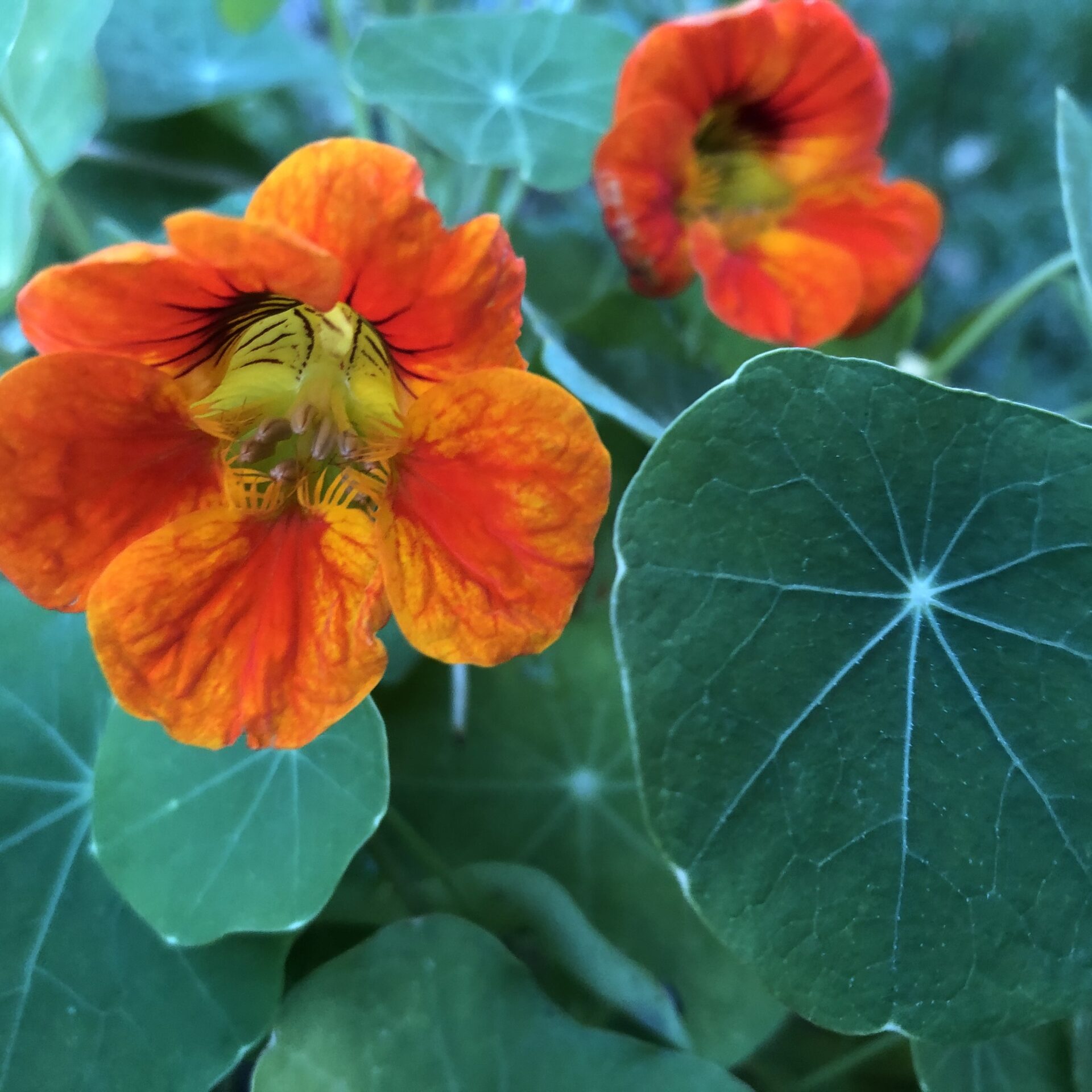The world of nature is gently slowing down to a halt. We find ourselves in the depths of Winter a space of contemplation, introspection and rooting down deep into the depths of ourselves. This season is a darker, colder time retreating more indoors as hibernation calls a space of stillness and surrender. All of nature is quieting down. The deciduous trees are bare, berries have been picked off the trees and bushes and nuts stored away. Nature’s energy is deep underground in the earth. Winter is the time of the Crone, the dark moon.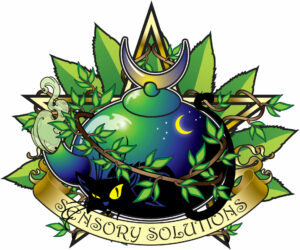
But in the face of the above ground natural world looking a wee bit sparse, the enormity of winter activity happening beneath our feet is astounding! Rain pounds on the earth’s surface, filters down through the mud, and roots drink up the sustaining life force. Movement underground is relentless, rootlets searching for nourishment, stretching out in the dank darkness, feeling their way. Mycelium carry information and nourishment in a vast underground network of radical connection. It is essential for our health to get outside and connect with nature as much as possible during this season, catch the light hours if possible and interact with our local flora, fungi and fauna. Connection with our surrounding plant medicines is empowering leading us to grow as individuals, supports our communities to thrive and global positive shifts can ripple out.
The Winter Solstice
The winter solstice is when the earth’s tilt is at the maximum point away from the sun and marks the shortest day and longest night of the year. It is traditionally called Yuletide. This year in the northern hemisphere it is on Thursday 21st December. It is the moment between, the point between death and rebirth, all that hidden potential. Life will start to draw upwards again from this point forward so this ancient celebration is a celebration of the birth of new life. The past, the future and the present in this moment…free from time…warm your cockles for the coming year and give thanks for the riches past. A great opportunity to connect as a family, community and celebrate each other’s company.
At the winter solstice or Christmas we naturally and subconsciously embrace herbs and spices in mulled wine, pomades, wreaths, even bringing whole trees into our houses, great medicine for the soul. All these sensory delights, protecting and nourishing us.
Wreath Making
Making Yule wreaths is a delightfully creative way to connect with nature over the winter, the wreath represents the circle of existence and the turning of the seasons bringing a vibe of eternal life to your door and home. The evergreens utilised in wreath making represent life, peace, protection, love and healing in the depths of winter.
Gathering…
What you’ll need: snippers, gardening gloves and a lovely open-topped basket
Go out into the wilds; woods, or canal, or park and just see what you find…
You will see what still growing, still looking vibrant after the onslaught of early winter. Pine, ivy, holly (of course, you might need your gloves for this one!), is there any mistletoe within reach? Because they are still thriving in these conditions, collecting some of the fresh sprigs and bringing them into our homes adds a sense of vibrancy to our lives.
Willow to create the circle 
We use a willow whip coiled around itself as the base to attach the beautiful evergreens with garden twine or wire. We generally start with the pine, then bind and weave the ivy into it and finish with the holly and mistletoe décor. You can add any ribbons and bits and bobs to add your own flare to the creation.
Pine
This archetypal Christmas tree is fantastic providing beautifully scented lush foliage for the wreaths. Supports medicinally to keep us strong and protected from disease with all the strong resinous aroma, full of antimicrobial essential oils. Large bonfires of pine were traditionally lit to welcome back or draw up the sunshine.
Ivy
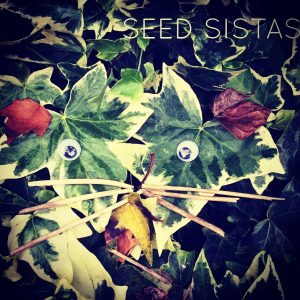 Our common Ivy, Hedera helix is not the poison ivy of the Americas. It is said that a handful of the bruised leaves gently boiled in wine some of its intoxication will be removed. The ivy was dedicated to the Roman god Bacchus or the Greek god Dionysus – the Gods of Intoxication both depicted wearing a wreath of ivy and grapevines. Old English taverns bore a sign of an ivy bush over their doors, this to indicate the excellence of the liquor supplied within.
Our common Ivy, Hedera helix is not the poison ivy of the Americas. It is said that a handful of the bruised leaves gently boiled in wine some of its intoxication will be removed. The ivy was dedicated to the Roman god Bacchus or the Greek god Dionysus – the Gods of Intoxication both depicted wearing a wreath of ivy and grapevines. Old English taverns bore a sign of an ivy bush over their doors, this to indicate the excellence of the liquor supplied within.
Ivy flowers during the long winter months and is important source of pollen for the bees. In magical practice ivy promotes fertility when carried by women wanting to conceive. Ivy also represents fidelity and is still used today in hand fastenings to bind folk together in matrimony.
Mistletoe
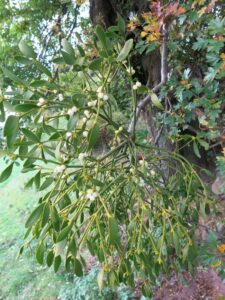 This familiar Yuletide plant often found growing up in the boughs of apples and hawthorns is a great healer and protector. With no roots that touch soil this magical plant, living between the worlds of heaven and earth can be carefully cut to ensure it never touches the earth.
This familiar Yuletide plant often found growing up in the boughs of apples and hawthorns is a great healer and protector. With no roots that touch soil this magical plant, living between the worlds of heaven and earth can be carefully cut to ensure it never touches the earth.
Today mistletoe is famed for the mythical ability to procure kisses for those standing below the herb. This fabulous tradition dates back thousands of years to a time when boughs of mistletoe were hung to protect against evil spirits and to promote fertility.1, Mistletoe species have been applied in magic and medicine by cultures all over the globe. According to the ancient writer, Pliny the Elder, during the ritual to gather mistletoe the Druids would say, “Healing all things.” This plant has the ability to bring peace, love and healing into the home.
Holly
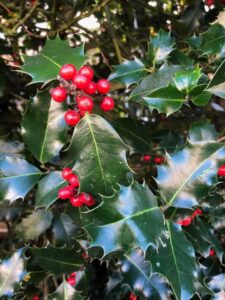 For most of us the sight of holly leaves and berries is inextricably linked with Christmas. Christmas brings with it many traditions and it is probably the one time when many of the populous still practice at least a few old folklore customs today, brought into the house with gorgeous shiny green leaves and bright red berries, which reflect the light and add colour to the dark days of Yule. In pre-Victorian times ‘Christmas trees’ meant holly bushes. Holly has long been brought in to protect the home from malevolent magic and to allow faeries to shelter without friction between them and the human occupants.
For most of us the sight of holly leaves and berries is inextricably linked with Christmas. Christmas brings with it many traditions and it is probably the one time when many of the populous still practice at least a few old folklore customs today, brought into the house with gorgeous shiny green leaves and bright red berries, which reflect the light and add colour to the dark days of Yule. In pre-Victorian times ‘Christmas trees’ meant holly bushes. Holly has long been brought in to protect the home from malevolent magic and to allow faeries to shelter without friction between them and the human occupants.
The holly king rules the earth from the summer solstice (mid-summer) to the winter solstice (midwinter). He shares the yearly power with his nemesis and twin, the Oak king. They battle for the goddess each year and the defeated god retires for the following 6 months to nurse his wounds. The holly king is robust and jolly but fiercely protective and honouring the holly at this time could represent courage and protection in the coming months.
Holly medicine moves water around our bodies, the leaves have a diaphoretic action, which means helps you to break a sweat, and also a diuretic action increasing urinary output. A great tonic for helping things to shift at what can be a sluggish time of year. A perfect solstice herb to invite into our homes.
Thanks Mother Nature
Take home what you find, giving thanks to the trees for providing and make a wreath or you can simply place some of your evergreens on your mantlepiece or nature table. Left over seeds from autumn, sweet chestnuts, interesting stones and especially any foliage you find will add to your solstice nature area and you can add to it as the days go on.
Light a candle nearby and write down all the things you’ve enjoyed about the last year, and then add some writing about what you’d like to see happen in the months to come. Place some protective holly around these gratitude’s and dreams. You can leave this there until you remove your seasonal decorations, by twelfth night. We like to burn the wish list at this point to send it out there up in smoke.
When nature can seem so foreboding with freezy temperatures and possible dusting of snow or ice, spending time outdoors can be so rewarding and bringing home a harvest of green delights even more so. Happy Solstice.

